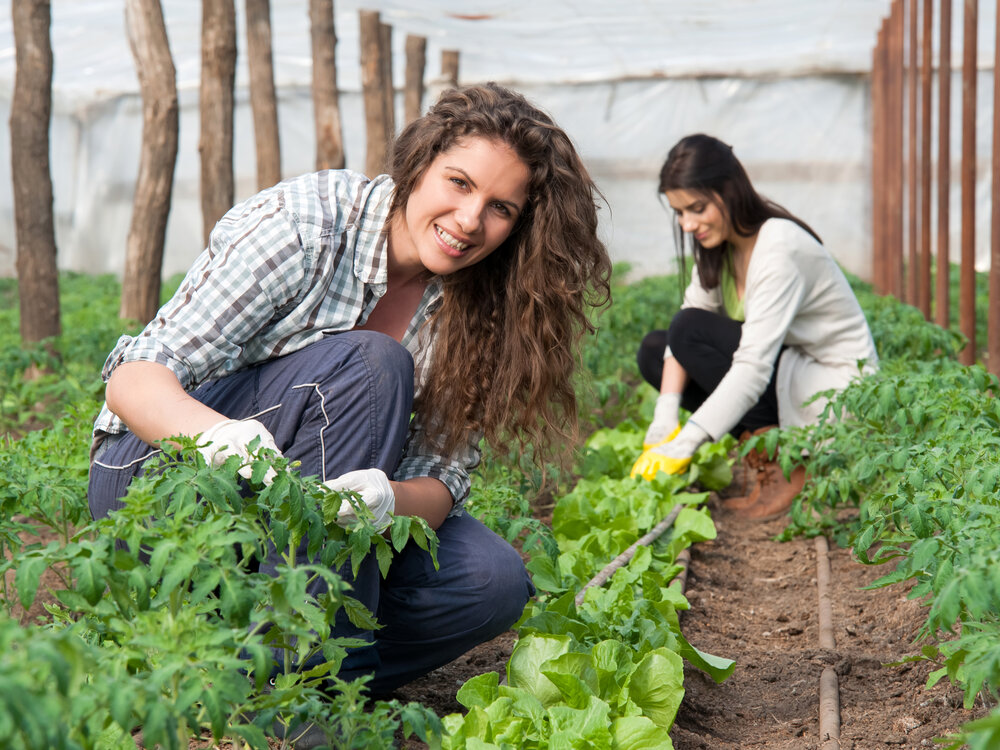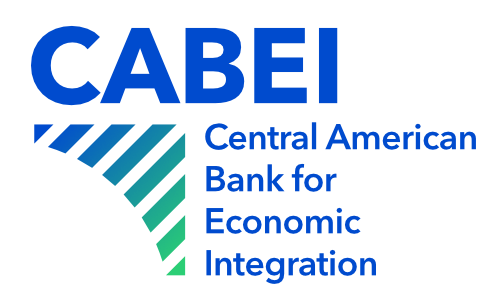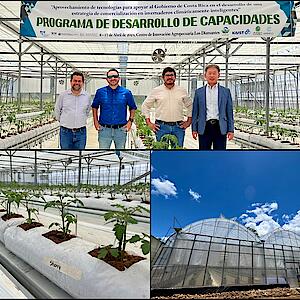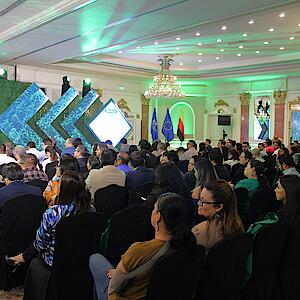CABEI-Zamorano Foundation Scholarships will strengthen professional skills of students in the region and from Cuba and Colombia

The funds approved for the 2022 - 2026 period total US$844,000 and will be provided by CABEI's Social Support Foundation.
Tegucigalpa, January 25, 2022.- The Central American Bank for Economic Integration (CABEI) approved the "CABEI-Zamorano Foundation Scholarship Program" on Tuesday in order to contribute and provide better access to higher education, as well as to provide the necessary academic tools and strengthen the professional skills of students in the region and from Cuba and Colombia.
The "CABEI-Zamorano Foundation Scholarships" will be financed through the CABEI Social Support Foundation Fund (CABEI FAS) between 2022 and 2026 for a total amount of US$844,000. These consist of non-reimbursable financing to cover the annual cost of a four-year undergraduate program at the Zamorano Pan-American Agricultural School.
"We are very pleased with this initiative to support our young professionals with academic excellence through economic support, thus providing them with the necessary academic tools so that in the future they can opt for better job opportunities and contribute to the socioeconomic progress of their countries," said CABEI Executive President, Dr. Dante Mossi.
The program is aimed at young nationals of the beneficiary partner countries who are interested in pursuing a higher academic career in the field of agribusiness at the Zamorano Pan-American Agricultural School and who meet the requirements such as financial need, educational performance, nationals, and residents of the beneficiary partner country, meet the entrance requirements of the Agricultural School and be admitted to pursue an undergraduate degree.
It should be noted that in the first year, up to ten new scholarships will be awarded annually to each beneficiary partner country and one per beneficiary partner country will be added each year. The total number of beneficiaries may not exceed 40, i.e. up to four beneficiaries per country per year.


![[Translate to English:] [Translate to English:]](/fileadmin/_processed_/e/3/csm_WhatsApp_Image_2024-04-18_at_2.12.23_PM__2__590ef43ade.jpeg)
